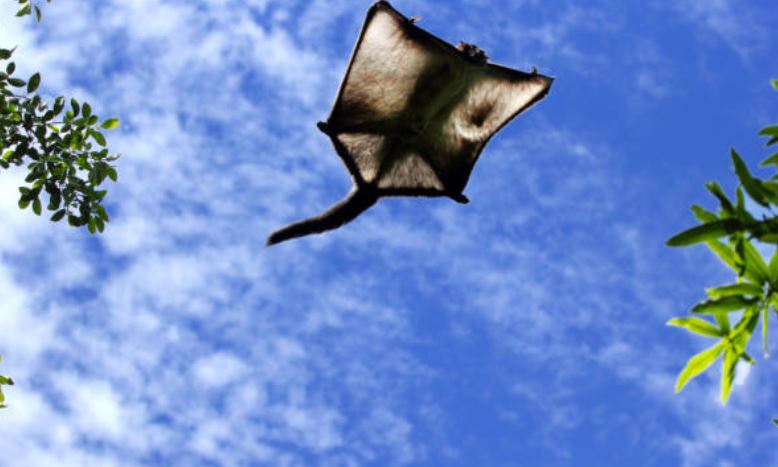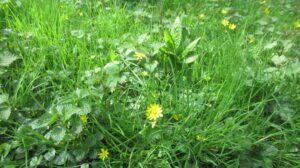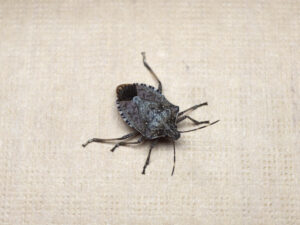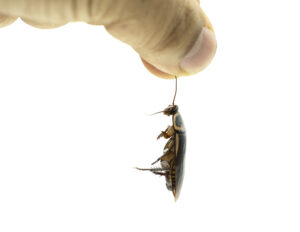Flying squirrels are more common in Georgia than many realize, with both the Southern flying squirrel (Glaucomys volans) and the less frequent Northern flying squirrel calling this state home. Despite their small size, they can create big problems, from chewing on electrical wires to contaminating spaces with droppings.
If you’re dealing with flying squirrels in your home, safe removal and prevention are essential for both the well-being of the animals and the protection of your property. It’s important to address the issue promptly and humanely, ensuring these unique creatures are relocated without harm while safeguarding your home against future intrusions.
Curious about how to identify flying squirrels, why they’re drawn to homes, and the best methods for their safe removal in Georgia? Keep reading to learn expert tips and solutions for protecting your space while respecting little creatures’ role in the ecosystem.
Do Flying Squirrels Live in Georgia – How to Identify Them?
Yes, flying squirrels live in Georgia! The state is home to the Southern flying squirrel (Glaucomys volans), the most common species, and occasionally the Northern flying squirrel. These nocturnal mammals are small, with grayish-brown fur, large eyes, and a unique gliding membrane (patagium) that stretches between their front and back legs.
To identify them:
- Look for their large, round eyes, adapted for night vision.
- Notice their flat, bushy tails and small size (around 8–12 inches long, including the tail).
- Spot gliding behavior at night, often between trees or from trees to buildings.
- Listen for soft chirping or squeaking noises in attics or near nesting areas.
Can Flying Squirrels Fly?
No, flying squirrels cannot fly like birds or bats. Instead, they glide through the air using a special membrane called the patagium, which stretches from their wrists to their ankles. This allows them to leap from trees and glide distances of up to 150 feet, steering with their tail and limbs. Their gliding ability helps them escape predators and navigate forest canopies efficiently.
Where Do Flying Squirrels in Georgia Hide?
Flying squirrels in Georgia often hide in tree cavities, old woodpecker holes, or leafy nests in dense forests or wooded suburban areas. They may also take shelter in attics or walls of homes if they find an entry point. These nocturnal creatures stay hidden during the day and become active at night.
Once inside a home, flying squirrels build a nest and designate a specific spot as a litter box, much like cats. While they may store some food indoors, most is hidden in tree cavities, cracks, limb crotches, or buried in the ground. These nocturnal creatures are active at night and if you are frequently hearing noises, then should suspect having flying squirrels in your home.
How Can You Tell if Flying Squirrels Are in Your Home?
You can tell if flying squirrels are in your home by checking on damaged electrical wires or insulations. With flying squirrels at home, you may also find droppings, urine stains, and other damaged structural components. Outside home, you are likely to see stripped bark from trees and shrubs, small dig holes in lawns, and scavenge from bird feeders and gardens.
Flying squirrels can gain access to buildings through small openings such as construction gaps, louver vents, chimneys, soffits, and fascia boards. They require only a hole about the size of a quarter to enter, making it easy for them to sneak into homes and cause damage.
How to Get Rid of Flying Squirrels in Georgia?
To get rid of flying squirrels in Georgia:
- Seal all entry points, such as vents, soffits, and gaps, using durable materials
- Trim tree branches near the roof to prevent access
- Use live traps or repellents to safely remove them
- For effective and humane removal, consider hiring a professional wildlife control service
Flying squirrels can be tricky to deal with because they like to hide in out-of-reach spots, often in areas that are hard to access without proper equipment. Getting to them usually requires tall ladders or scaffolding, which can be dangerous to work on without the right experience.
Once we get hands on them, the choice of right combination of lethal and nonlethal trap are typically used to remove them. Following this, it’s important to fix any damage they caused and thoroughly clean and sanitize the space to prevent future problems.
Because of the risks and challenges involved, it’s best to call in professionals. At Pest Force, our team has all the expertise and tools to handle Georgia flying squirrel issues safely and effectively, giving you peace of mind.



